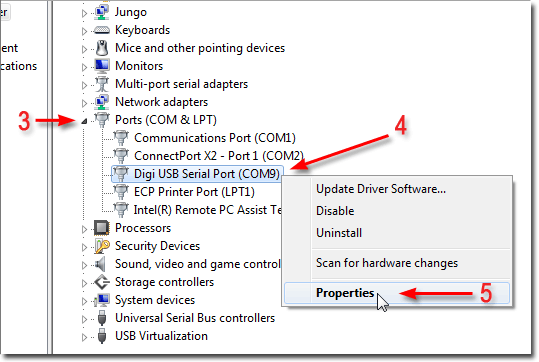
Others (like Actuel for the 9103) poll the COM ports in numerical order and check and connect to the first available. Many applications require you to specify the port for the selected device. Solution 1: Connect Each Device and Run Each Client in Order Here are a few tricks for getting these device to play nice together. And s it turns out, they are often used together. RBD’s own 9103 Picoammeter utilizes FTDI’s popular USB VCP chips, as do many versions of the popular Arduino microcontroller boards, so these two sets of devices can be confused by client applications when used on the same PC.
WINDOWS CHECK USB VIRTUAL PORT NUMER DRIVERS
Many devices use third-party USB chips and drivers from companies like FTDI, so they share the same IDs. These devices look the same to a Windows client application, or to a person perusing the Device Manager in Control Panel. But that only solves part of the problem. When manufacturers produce hardware for PCs they can apply for unique vendor ad product IDs for their device, and there are ways for applications to safely query these.

Some applications simply connect to the first COM port available, other’s may provide a way to select the COM port your device is connected to – but you’re still responsible for figuring that out.

An application can open a port and and attempt to communicate with the connected device, but since there’s no fixed protocol – each device speaks its own “language”, any message sent can have undetermined effects if the device you’re communicating with is not the one your were expecting. To most Windows applications, virtual COM ports (VCPs) all look the same.


 0 kommentar(er)
0 kommentar(er)
